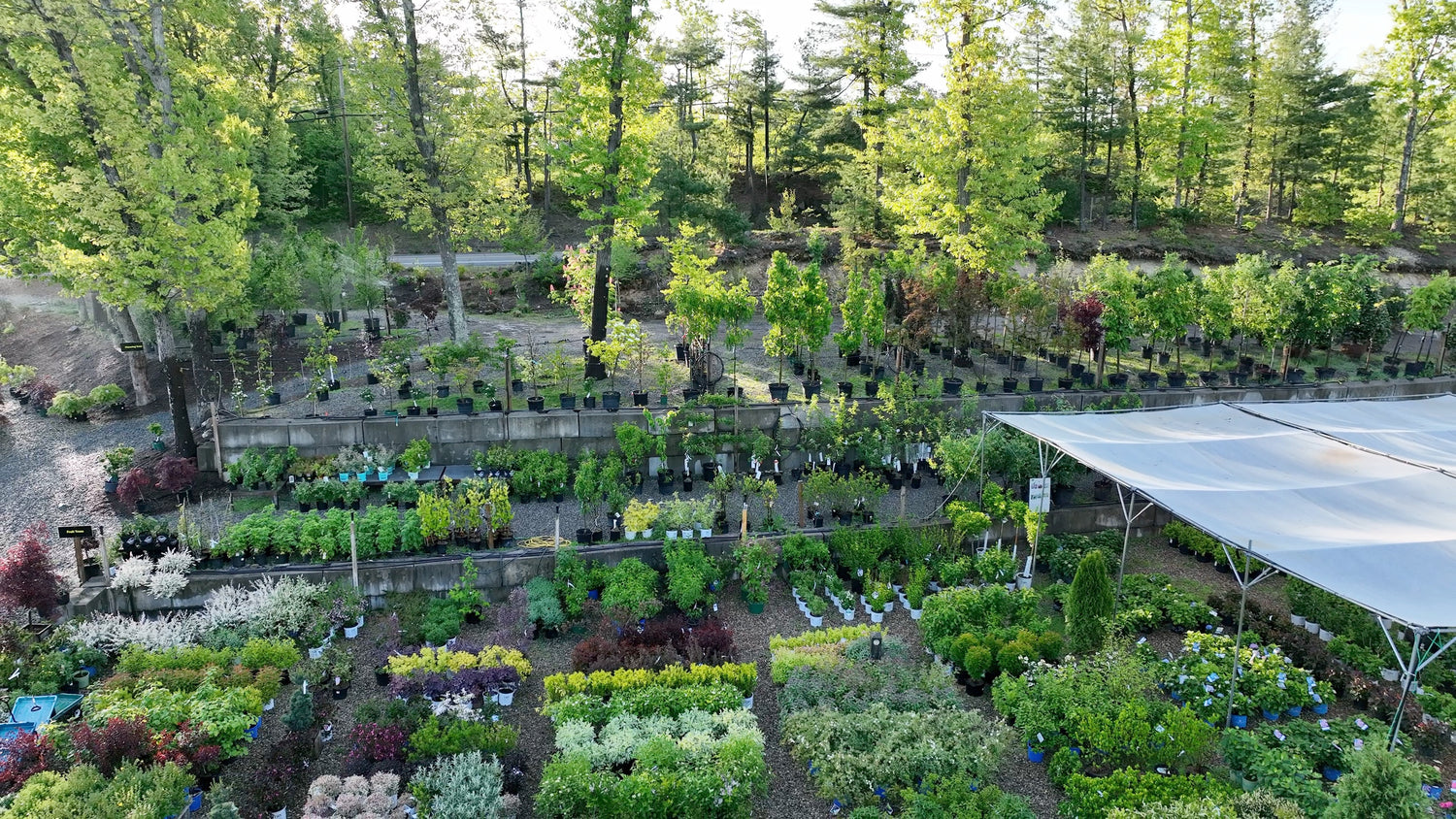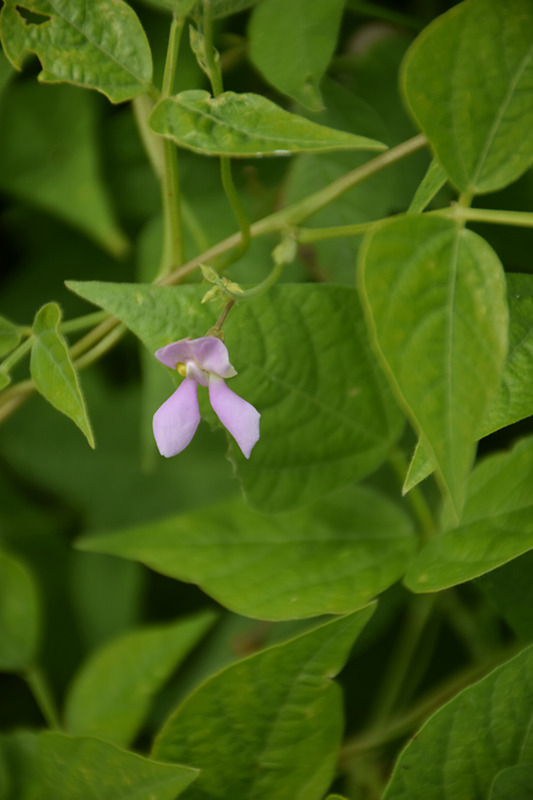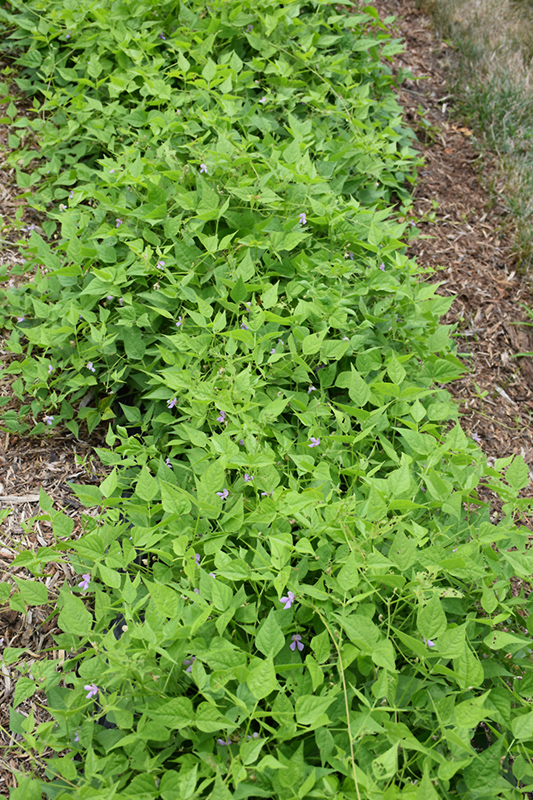Plant Guide
Height: 10 feet
Spacing: 12 inches
Sunlight:
![]()
Hardiness Zone: (annual)
Description:
High yielding and vigorous growth, this selection is great for containers or gardens; produces short, flat pods ripening to deep golden yellow and encasing beans of various colors; excellent heat and drought tolerance; vining varieties require trellising
Edible Qualities
Golden Wax Bean is an annual vegetable plant that is commonly grown for its edible qualities. It produces gold seeds with harvest gold overtones which are harvested from late summer to early fall. The seeds have an earthy taste.
The seeds are most often used in the following ways:
- Eating When Cooked/Prepared
- Cooking
- Baking
- Drying
Planting & Growing
Golden Wax Bean will grow to be about 10 feet tall at maturity, with a spread of 24 inches. When planted in rows, individual plants should be spaced approximately 12 inches apart. Because of its vigorous growth habit, it may require staking or supplemental support. This fast-growing vegetable plant is an annual, which means that it will grow for one season in your garden and then die after producing a crop. Because of its relatively short time to maturity, it lends itself to a series of successive plantings each staggered by a week or two; this will prolong the effective harvest period.
This plant is typically grown in a designated vegetable garden. It should only be grown in full sunlight. It prefers dry to average moisture levels with very well-drained soil, and will often die in standing water. It is not particular as to soil pH, but grows best in rich soils. It is quite intolerant of urban pollution, therefore inner city or urban streetside plantings are best avoided. Consider applying a thick mulch around the root zone over the growing season to conserve soil moisture. This species is not originally from North America, and it is considered by many to be an heirloom plant.
Golden Wax Bean is a good choice for the vegetable garden, but it is also well-suited for use in outdoor pots and containers. Its large size and upright habit of growth lend it for use as a solitary accent, or in a composition surrounded by smaller plants around the base and those that spill over the edges. It is even sizeable enough that it can be grown alone in a suitable container. Note that when growing plants in outdoor containers and baskets, they may require more frequent waterings than they would in the yard or garden.




